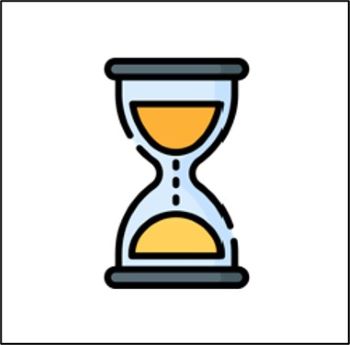Terminology, Scope, and Future Development
This page talks about the words, web links, and documents we have included in this website - what is and is not on the site - and what we hope we will be able to do to grow and change the website in future.
You can read a Plain English version of this Terminology, Scope, and Future Development webpage here.
Terminology
d/Deaf, Disabled, and Neurodivergent artists use different words to describe themselves and their arts practice. This includes the use of identity first language ("disabled artist") and person first language ("artist with disability").
Research undertaken for the 'Beyond Access' literature review shows that in the 2000s, laungage used in Disability Arts began to shift - the term "Disability Arts" came to refer to work led by Disabled artists, and the term "Arts and Disability" to work led by allies.
Historical records are not always clear who has created or facilitated the creation of work, or if the "Disability Arts," "Outsider Arts," or "Arts Therapy" are used as we use them today.

Challenges
In Australia, the Census, and related research such as Creative Australia's Towards Equity Report, provides some data on how many Disabled artists have worked and are working in Australia's arts, media, and cultural industries.
However, what we consider to be a disability, and what information government and industry organisations collect about Disabled people's participation in education, employment, and the arts has changed over time.
This, combined with the stigma associated with disclosing a disability, makes it difficult to know how representative of our community the historical data actually is.

The resources required to travel, collect, acquire copyright approvals, and digitise records are also a challenge in creating a website like this.
-
In some cases, artists have not had time to document work, or retained documents, and mainstream museums, libraries, and archives have not collected documents.
-
In other cases, documents exist in boxes in organisations, or libraries, but staff of small organisations or libraries lack time to assist researchers to find, sort, categorise, and digitise materials.
-
In other cases, organisations find it difficult to decide if historical content can or should be shared, if it includes the words or images of persons who may not have understood the content to be public at the time, or who may have now passed way.
The project team, in collaboration with the Steering Committee, has decided it is better to start, and share the stories and histories we have collected so far - even if it is not all stories - than let the difficulties stop us sharing anything at all.
Further Development
The website does not - and, given the limitations of researching historical arts practice cannot - share the stories of all the artists and allies who have contributed to the development of Disability Arts in Australia as at its launch date in 2025. It starts the process of documenting the arts practice, advocacy, and progress towards equality. We hope it may continue to develop as funding, resources, and the flow of our own energies as d/Deaf, Disabled, and Neurodivergent people allow.
